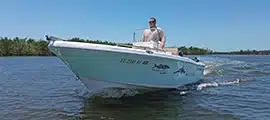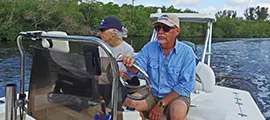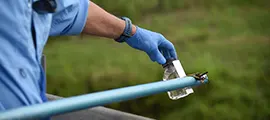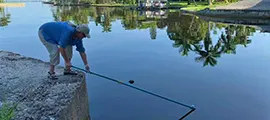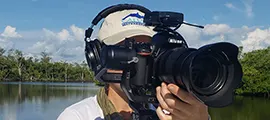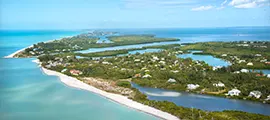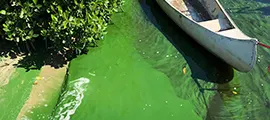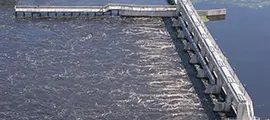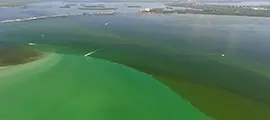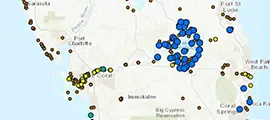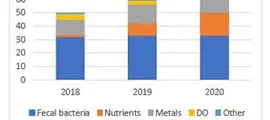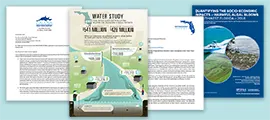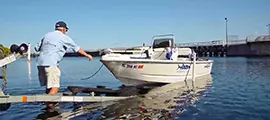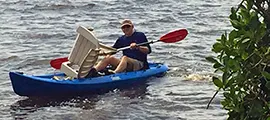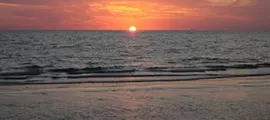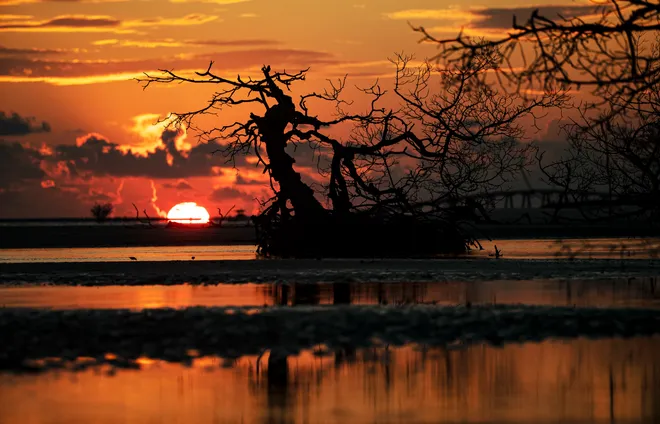Originally published by John Cassani in the News-Press on February 16, 2025
Florida’s coastal waters composed of marshes and tidal estuaries, fed by iconic rivers, represent the very essence of natural Florida. It is hard to imagine any significant historical event going back to the 16th century that did not involve the state’s coastal waters.
Florida’s aquatic preserves, the first of which was Estero Bay in 1966, were intended to conserve and celebrate these vital waters and their watersheds from the coming onslaught of a booming state population and the development that would follow. There are now 43 state aquatic preserves, almost all of which are coastal.
…
Unfortunately, the state’s early posture on protecting coastal resources has shifted over the past 20 plus years. You will not see state or local governments in court fighting overdevelopment today. In fact, just the opposite. The resulting water quality decline, seagrass loss, algal blooms and economic impacts have been well documented.
Estero Bay and Matlacha Pass Aquatic Preserves, as just two examples, have been declared impaired for nutrient pollution and most of Estero Bay’s nine tributaries have suffered the same fate of impairment, making a mockery of the Outstanding Florida Waters non-degradation standard. The Indian River Lagoon, an east coast resource where its rich biodiversity was nationally acclaimed, has lost so much seagrass in recent years that manatees have starved.
